More Great Titles from Batsford
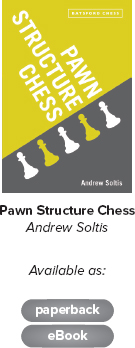
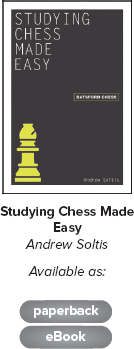
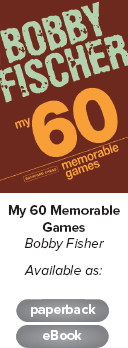
 www.anovabooks.com
www.anovabooks.com

First published in the United Kingdom in 2013 as Paperback and eBook by
Batsford
10 Southcombe Street
London
W14 0RA
An imprint of Anova Books Company Ltd
Copyright Batsford 2013
Text copyright Andrew Soltis 2013
The moral right of the author has been asserted.
All rights reserved. No part of this publication may be reproduced, stored in a retrieval system, or transmitted in any form or by any means, electronic, mechanical, photocopying, recording or otherwise, without the prior written permission of the copyright owner.
eBook ISBN 978 1 84994 155 6
Paperback ISBN 978 1 84994 108 2
This book can be ordered direct from the publisher
at www.anovabooks.com, or try your local bookshop.
Introduction
When my readers complain, I listen.
They complained about what I left out of Studying Chess Made Easy. In that book I explained that there was a less painful and more beneficial way to learn how to play the endgame:
There are some basic endings, with few pieces and pawns, that you can learn perfectly. You can always get the optimum result a win or a draw no matter how strong your opponent, I wrote.
And the good thing is there are only about two dozen of these exact endgames that you must know. Once you master them, you can spend your scarce time on the more important endgame know-how, techniques.
These are the weapons, such as mismatches and opposition, shoulder blocking and zugzwang, that you use when there are more pieces and pawns on the board. That is, when its not yet an exact ending.
The complaint I got from readers?
You didnt tell us which exact endgames.
And you didnt say which techniques.
I also heard from my readers when I wrote What It Takes to Become a Chess Master. They were surprised and somewhat pleased to learn that the most important book knowledge was the middlegame techniques called strategic priyomes.
I gave some examples. But there are many other priyomes. Some are more important than others, I wrote.
The complaint from readers?
You didnt name the most important priyomes.
This book will answer those complaints and some others. It provides 100 specific examples of master trade secrets. Its the kind of know-how you need to become a master. And it will help you set priorities in determining what you really need to study.
Thats difficult even for great players. Mikhail Botvinnik, for example, decided to study an obscure exact ending before the tournament that made him world champion. It was K+R+BP+RP -vs.-K+R.
Botvinnik felt that it was something he could study so deeply that he could play either side perfectly. He also felt that if he were going to become the worlds best player, he should know how to play this endgame.
But this ending is very, very rare. So let me say it one more time: There is an awful lot of things to study in chess. Its a classic example of Too Much Information. You have to set priorities.
The first step to becoming a master is to separate the things you could know from what you should know and from what you must know. In this book Ive identified 25 examples each of the most valuable things to learn priyomes, sacrifices, exact endings and endgame techniques.
There are things that every master knows and its where every would-be master can start.
Chapter One: Twenty Five Key Priyomes
Every serious player knows the basic tactical devices, the ones with names like pin, skewer and fork. These have little to do with where the pawns are and everything to do with where the pieces are.
But there are strategic devices which depend on pawn structure. The only name we have for them is the one the Russians use: priyome.
You already know some simple examples of it even if youve never heard the word. Imagine a rook endgame with one pair of pawns traded.

White to play
The priyome calls for  d1! and
d1! and  d7. White gets a huge advantage.
d7. White gets a huge advantage.
Other priyomes are only a bit more elaborate and only slightly improve a position. After 1 e4 d6 2 d4  f6 3
f6 3  c3 g6 4 f3
c3 g6 4 f3  g7 White may want to trade off Blacks bishop. The priyome consists of three or four steps, a bishop move such as
g7 White may want to trade off Blacks bishop. The priyome consists of three or four steps, a bishop move such as  e3 or
e3 or  g5 followed by
g5 followed by  d2 and
d2 and  h6xg7.
h6xg7.
Alexey Suetin, one of the deans of the Soviet Chess School, said mastering priyomes was a key to success. Each would-be master should collect his own personal fund of priyomes, as he put it, study them and when the same patterns arise during a game apply the priyomes.
Priyomes can be very general, like seizing a file with a rook in the last diagram. They can be described in words, not moves, as Vladimir Kramnik did in the next:

Kramnik Zviagintsev
Tilburg 1998
White to play
After  b5!, he wrote My opponent underestimated this standard priyome. He explained what he meant the exchange of the bad bishop but one that defends many of his pawns. Once the bishops are gone, Black had to lose the a- or d-pawn.
b5!, he wrote My opponent underestimated this standard priyome. He explained what he meant the exchange of the bad bishop but one that defends many of his pawns. Once the bishops are gone, Black had to lose the a- or d-pawn.
Other priyomes apply only to certain pawn structures. A priyome may consist entirely of piece maneuvers, like  b5xc6 and
b5xc6 and  e5 as in the Bird Bind, the first priyome we will look at. Or it can begin with a piece move, followed by a pawn move, such as Harry Pillsburys
e5 as in the Bird Bind, the first priyome we will look at. Or it can begin with a piece move, followed by a pawn move, such as Harry Pillsburys  e5 and f2-f4. Or it may begin with a pawn move like h2-h4 in response to g6 or
e5 and f2-f4. Or it may begin with a pawn move like h2-h4 in response to g6 or 

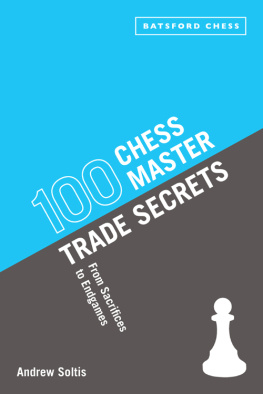
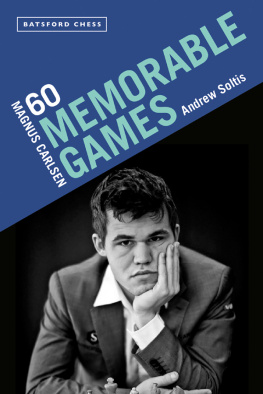
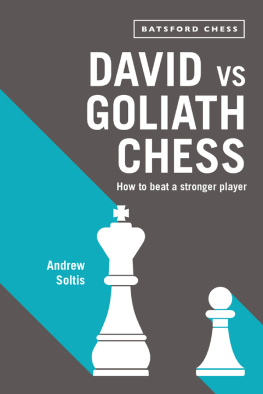
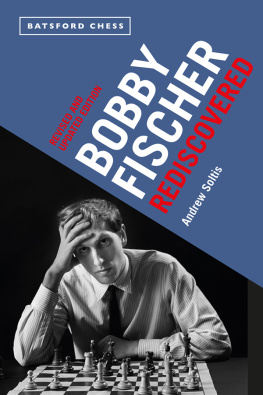
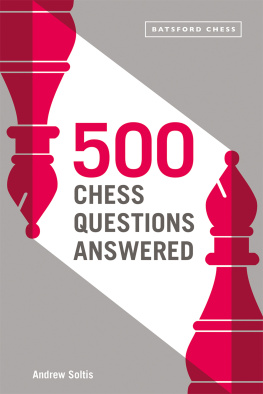
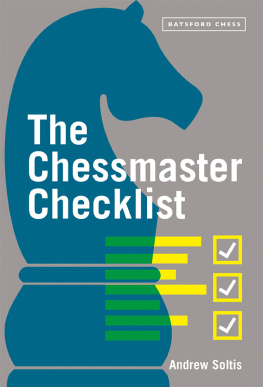
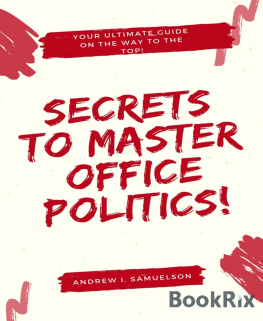
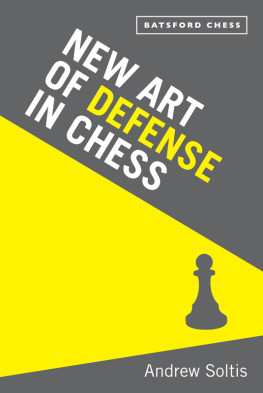
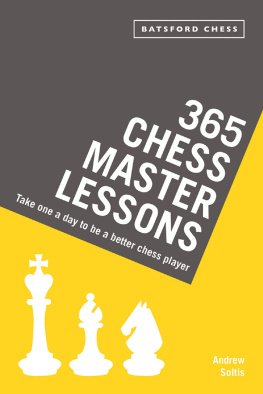
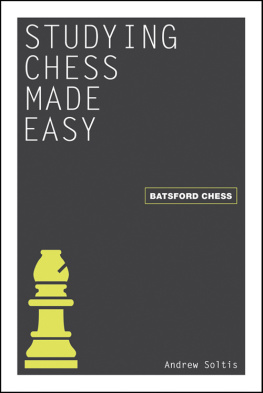
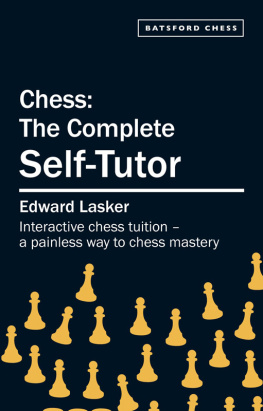

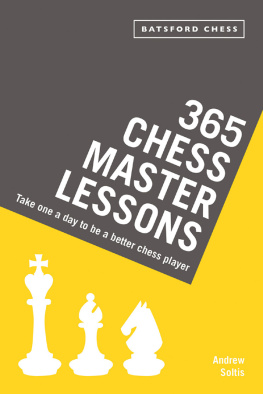




 www.anovabooks.com
www.anovabooks.com

 d1! and
d1! and  f6 3
f6 3  g7 White may want to trade off Blacks bishop. The priyome consists of three or four steps, a bishop move such as
g7 White may want to trade off Blacks bishop. The priyome consists of three or four steps, a bishop move such as  d2 and
d2 and 